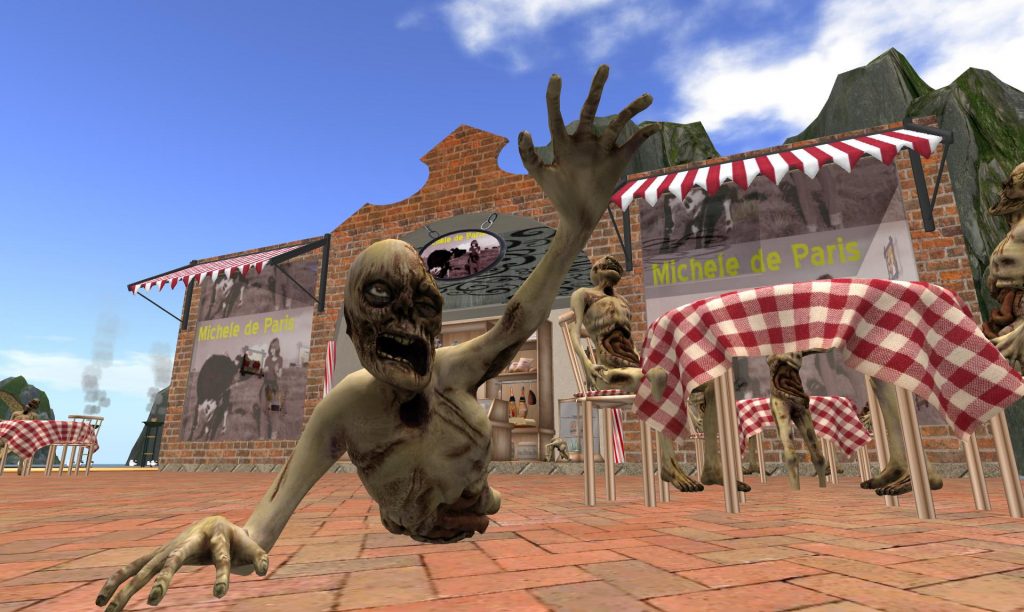
There are literally hundreds of errors in the Roosevelt Dimes that are still in circulation, and if you want to search earlier, you’ll find LOTS to develop.
What is “Development”?
Development is simply the process by which you bring a coin from “raw” state to “market” state, and can involve a number of intricate steps:
- FIND THE COIN — Easier said than done, I’m afraid. Experience is the best teacher. Fool’s gold looks to the inexperienced prospector exactly like gold, but to the seasoned miner, it’s clearly not gold, doesn’t behave like gold, look or feel like gold, just plain isn’t gold.
- HANDLE THE COIN — Once you have the coin in hand, it’s time to immediately protect it from further damage. Decide to protect it, and do so.
- PREP THE FLIP — Take the protective cover off the inside of the flip and place it non-sticky side at the bottom, sticky side over.
- BAG THE COIN — Carefully, handling it with dry fingers at the rim only, turn the coin face-down and place it into the flip.
- CLOSE THE FLIP — It’s not enough to just lightly touch the flip to seal it. You should gently massage the flip closed until you know it’s sealed well. Take the extra second and you won’t regret it years from now, when you pull the coin out of a storage box.
- IDENTIFY THE COIN — Immediately write out the flip inscriptions, completely, right now while you still remember what you saw in the raw coin, because the flip will hide some details, and memory fails after an unpredictable amount of time. This is where experience pays off bigtime, when you KNOW your market.
- PRICE THE COIN — Price tag goes on right away with the current market value. If you don’t know the current market value, you’ll have to research it a bit online, perhaps on eBay, but also check with coin merchants and coin exchanges where coin collectors buy, sell and trade.

